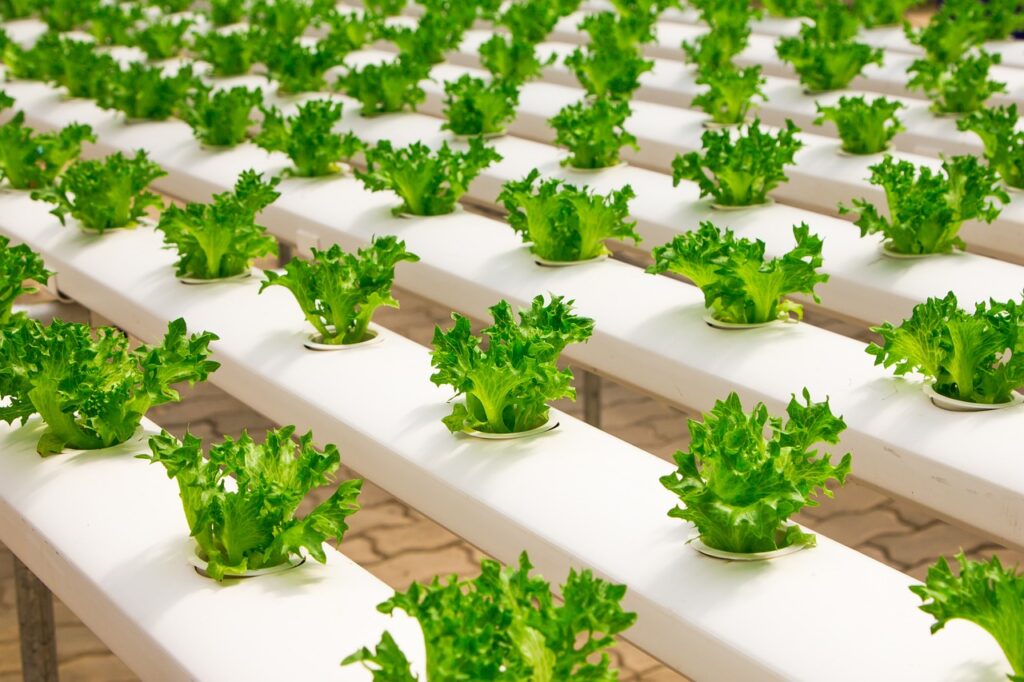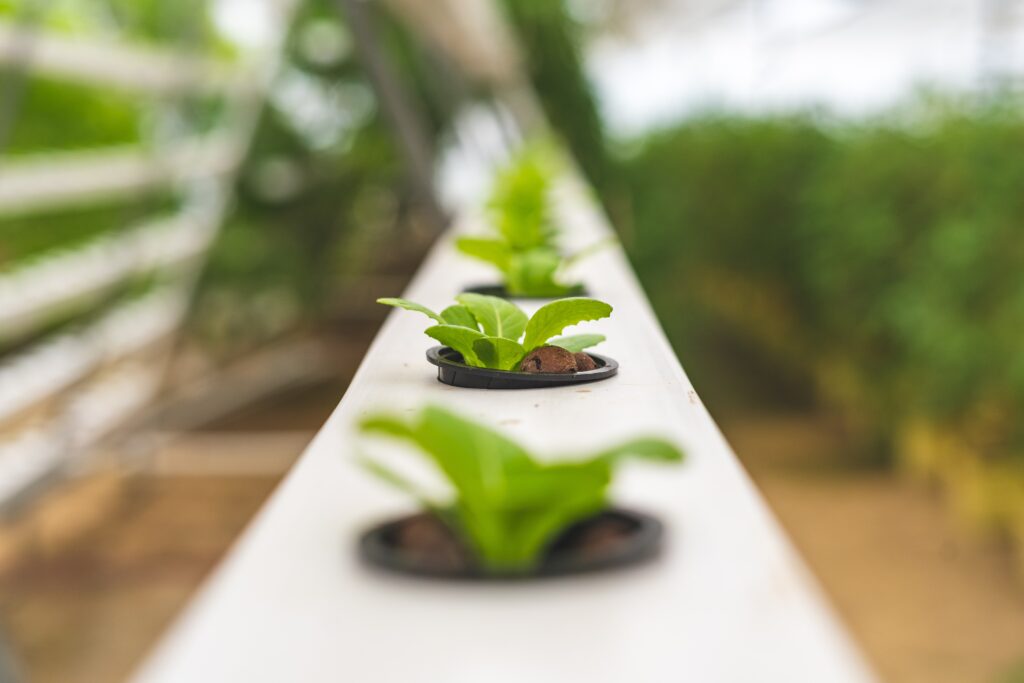
Hydroponic systems have recently gained quite a lot of popularity as an effectivemethod for growing plants in nutrient-rich solutions. Hydroponic is simply the process of growing plants and vegetation without using soil as compared to traditional farming. The roots of hydroponic plants are directly supplied with water and nutrients instead of soil. Other than water solution they also need significant quantity of oxygen to facilitate growth, along with maintaining water’s PH level and temperature.
Hydroponics isn’t a new idea or technology, history of hydroponics go back to 600BC (Babylon times) where its hanging gardens were operated also proofs of hydroponic floating systems existed in early China and Mexico.
What is hydroponics define in simple words?
Hydroponics is a Greek word meaning ‘to labor in water’. As the name suggests it uses water rather than soil for agriculture. Using hydroponics to grow plants basically means submerging its roots in water mixed with mineral nutrients solution instead of growing it in soil. Hydroponic farming requires less water than traditional farming methods.

What are the 6 requirements for Hydroponics systems?
Water
Water is the chief element of hydroponic farming. PH of water should be balanced between 6-7 level. It can be adjusted using over the counter products.
Light
Sunlight is the best answer for hydroponics farming as it provides full range of visible and non-visible light. Plants require at least 6 hours of sunlight contact every day. Southern exposure and greenhouses are capable of providing this amount of sunlight. If you are growing your hydroponic plants inside, the alternative is grow lights (ranging 4-6 K). Keep in mind that every plant has different light requirements along with placement of light (daily light integral, DLI) and its angle. Many option in artificial lights are available including florescent bulbs, LEDs and metal halide, which is the best choice among gardeners.
Nutrients
Almost all the plants require these key nutrients. When you are growing them without soil these minerals are to be provided via water.
Nitrogen- Turns sunlight into energy, for leaf and stem growth.
Phosphorus- Key component of protein synthesis, for roots and builds tissues.
Potassium- Regulates CO2 intake, maintains water level.
Calcium- Helps in nutrient penetration, key part of cell wall creation.
Magnesium- Asists in photosynthesis, gives them their color.
Temperature
To determine perfect water temperature we need plant oxygen usage and its metabolism rate. In most cases, temperature between 50-70 degrees works best for winter plants and 60-80 degrees for summer plants. Commercially hydroponic plants flourish in temperatures ranging from 59-86°F.
Oxygen
Artificial supply of oxygen is required for ideal mineral intake. In traditional farming methods plants get oxygen form air pockets in soil while in hydroponics farming depending on your type of system you will have to adjust O2 supply, either in water reservoir or in plants base.
Root system
In soilless plant system you will require certain support to hold your setup. Inert mediums such as rock wool, fiber, moss are typically used. Avoid using material such as gravel and sand as they don’t retain moisture.
What is hydroponics and its purpose?
Hydroponics is the future of farming. In traditional farming soil is the key component in providing nutrients, system support to its plants. For such systems health of plants depends a lot on quality of soil used, where you have to consider harm from diseases, pests, fertilizers, and natural calamities. However in hydroponic techniques you fully control your plant requirements. This regulation also safeguards from diseases, insecticides and chemicals. You control your plants intake, ensuring that it is pure and direct (free from chemicals). You will need to provide everything yourself. From strong nutrients to appropriate vitamins ensuring speedy and healthy growth.
